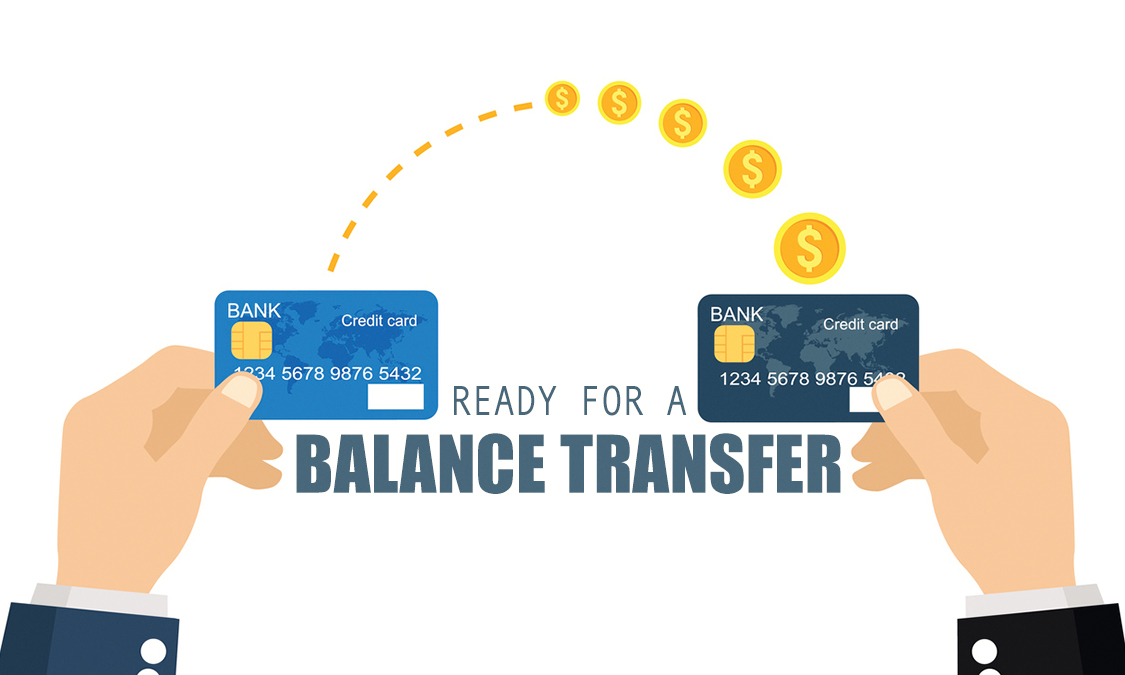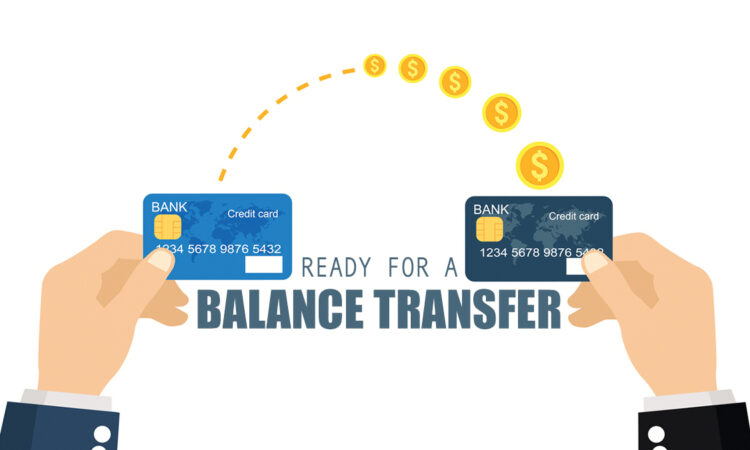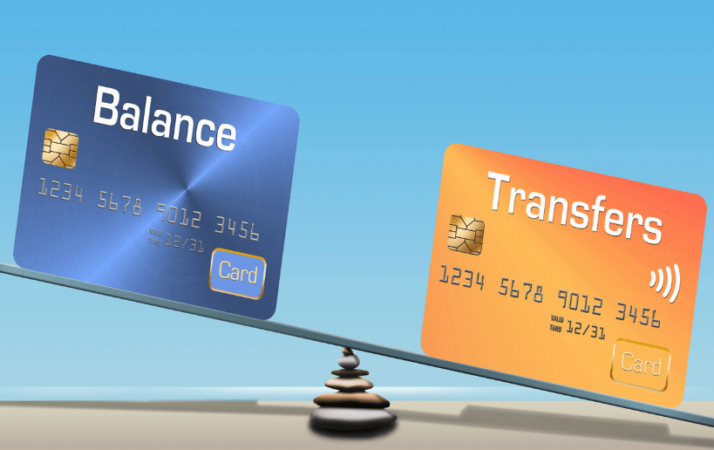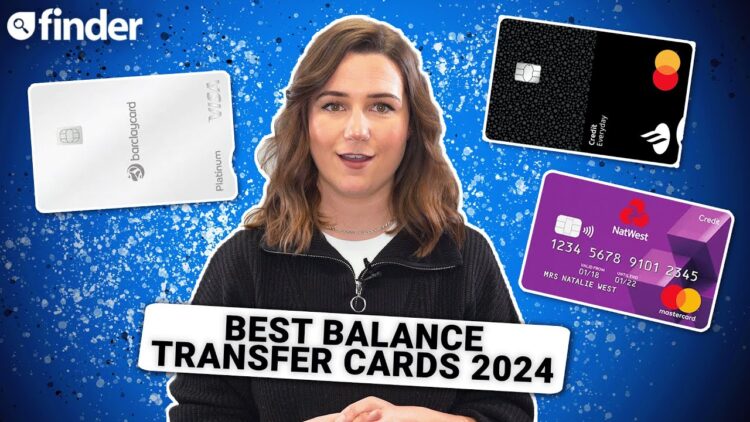
Credit card transfer 0 interest – Credit card transfer 0% interest offers a tempting path to debt relief, promising a period of interest-free repayment. But navigating this world of offers requires careful consideration and understanding. This guide explores the intricacies of balance transfers, helping you determine if this strategy is right for you and how to maximize its potential benefits.

Imagine carrying a hefty balance on your credit card, burdened by high interest rates. Now picture a chance to transfer that balance to a new card with a 0% APR introductory period. The allure is undeniable: the opportunity to pay down your debt without accruing interest for a set period. However, this alluring prospect comes with its own set of conditions and potential pitfalls.
Understanding Credit Card Transfer Offers
Credit card balance transfers are a popular strategy for consumers looking to consolidate debt and save money on interest charges. This process involves moving an existing balance from one credit card to another, often taking advantage of a promotional 0% APR offer.
Benefits of Balance Transfers
Balance transfers can offer significant financial benefits, particularly when utilizing 0% APR offers. These benefits include:
- Lower Interest Charges: By transferring your balance to a card with a 0% APR, you can avoid paying interest for a set period, allowing you to focus on paying down the principal balance. This can save you a substantial amount of money compared to carrying the debt on a card with a high APR.
- Debt Consolidation: Consolidating multiple credit card balances into one can simplify your debt management and make it easier to track your progress. This can also help improve your credit utilization ratio, which is a factor in your credit score.
- Potential for Faster Repayment: By eliminating interest charges, you can allocate more of your monthly payments towards the principal balance, potentially allowing you to pay off your debt faster.
Terms and Conditions of Balance Transfer Offers
While balance transfer offers can be attractive, it’s essential to understand the associated terms and conditions. These typically include:
- Introductory Period: The 0% APR offer usually applies for a limited introductory period, typically ranging from 6 to 18 months. After this period, a standard APR will apply, which can be significantly higher.
- Balance Transfer Fees: Most credit card issuers charge a balance transfer fee, typically a percentage of the transferred balance. This fee can vary depending on the card issuer and the amount transferred.
- Minimum Payment Requirements: While you may not have to pay interest during the introductory period, you’ll still need to make minimum monthly payments. Failing to meet these requirements can result in the 0% APR offer being revoked and the standard APR applying to your balance.
Identifying Suitable Credit Card Transfer Offers
Finding the right 0% APR balance transfer card can be a daunting task. Many credit card issuers offer these types of cards, but they all come with different terms and conditions. To make an informed decision, it is essential to consider a few key factors.
Factors to Consider
When evaluating 0% APR balance transfer offers, it is essential to consider the following:
- Introductory APR and Duration: The introductory APR determines the interest rate you will pay for a certain period. It’s important to compare the introductory APR offered by different cards and the duration for which it remains in effect. A longer introductory period allows you more time to pay off your balance without incurring interest charges.
- Balance Transfer Fee: Most balance transfer cards charge a fee for transferring your balance. This fee can range from 1% to 5% of the transferred amount. Make sure to factor in the transfer fee when calculating the overall cost of the balance transfer.
- Regular APR: After the introductory period ends, the regular APR will apply. It is important to note the regular APR because it can be significantly higher than the introductory rate. Ensure you have a plan to pay off the balance before the introductory period expires to avoid high-interest charges.
- Minimum Payment: A higher minimum payment can make it more difficult to pay off your balance within the introductory period. Therefore, it is crucial to review the minimum payment requirements before transferring your balance.
- Other Fees: Apart from balance transfer fees, some cards may charge annual fees, late payment fees, or over-limit fees. Make sure to inquire about all potential fees associated with the card.
Questions to Ask Credit Card Providers
Before transferring your balance, it is essential to ask potential credit card providers the following questions:
- What is the introductory APR and for how long does it last?
- What is the balance transfer fee?
- What is the regular APR after the introductory period ends?
- What is the minimum payment required each month?
- Are there any other fees associated with the card?
- What is the credit limit for the card?
- Are there any restrictions on the types of balances that can be transferred?
- What is the credit card issuer’s customer service like?
Comparing Balance Transfer Cards
The market offers a wide range of balance transfer cards with varying features and benefits. Here are some key features to compare:
| Feature | Description |
|---|---|
| Introductory APR | The interest rate you will pay for a certain period. |
| Introductory Period | The duration for which the introductory APR remains in effect. |
| Balance Transfer Fee | The fee charged for transferring your balance. |
| Regular APR | The interest rate that applies after the introductory period ends. |
| Minimum Payment | The minimum amount you need to pay each month. |
| Other Fees | Any other fees associated with the card, such as annual fees or late payment fees. |
| Credit Limit | The maximum amount you can borrow on the card. |
| Rewards Program | Whether the card offers rewards for spending. |
| Customer Service | The quality of the credit card issuer’s customer service. |
By carefully considering these factors and comparing different offers, you can find the best balance transfer card for your needs and financial situation.
Calculating Transfer Costs and Savings

Understanding the potential savings and costs associated with balance transfers is crucial for making informed decisions. This section delves into the calculation process, outlining key factors that influence the overall cost of a balance transfer.
Calculating Potential Savings
Calculating potential savings from a balance transfer involves comparing the interest accrued on the existing debt with the interest you’d pay on the transferred balance. The savings are realized during the introductory 0% APR period.
To calculate potential savings, subtract the interest you’d pay on the transferred balance during the introductory period from the interest you’d have paid on your original debt over the same period.
For instance, let’s say you have a $5,000 balance on a credit card with a 18% APR. You transfer this balance to a card with a 0% APR for 12 months. In this scenario, you’d save the interest that would have accrued on the $5,000 at 18% for 12 months, which is approximately $900.
Factors Influencing Transfer Costs
While balance transfers can offer significant savings, several factors can influence the overall cost:
- Transfer Fees: Most balance transfer offers come with a transfer fee, typically a percentage of the transferred balance. This fee can range from 1% to 5% and can significantly impact your savings.
- Interest Charges After Introductory Period: Once the introductory 0% APR period ends, the transferred balance will accrue interest at the standard APR of the new card. This rate can be significantly higher than the introductory rate, potentially negating any initial savings.
- Minimum Payment Requirements: It’s essential to make more than the minimum payment to pay down the transferred balance before the introductory period ends. Failing to do so will result in interest accruing on the remaining balance, reducing your potential savings.
Cost Comparison of Different Balance Transfer Scenarios
The following table illustrates the cost comparison of different balance transfer scenarios, considering varying interest rates and introductory periods:
| Scenario | Balance Transferred | Transfer Fee | Introductory APR | Introductory Period | Standard APR | Total Interest Paid (After Introductory Period) |
|---|---|---|---|---|---|---|
| Scenario 1 | $10,000 | $300 | 0% | 12 months | 18% | $1,800 (assuming the balance remains unpaid after the introductory period) |
| Scenario 2 | $5,000 | $150 | 0% | 18 months | 15% | $750 (assuming the balance remains unpaid after the introductory period) |
| Scenario 3 | $20,000 | $500 | 0% | 24 months | 21% | $4,200 (assuming the balance remains unpaid after the introductory period) |
Transferring Your Balance and Managing Your Debt

Transferring your credit card balance to a new card with a 0% APR can be a great way to save money on interest charges. However, it’s important to understand the process and how to manage your debt effectively after the transfer.
Steps Involved in Balance Transfer
Transferring your balance to a new credit card involves a few simple steps.
- Choose a Balance Transfer Card: Compare offers from different credit card issuers, focusing on the introductory 0% APR period, balance transfer fees, and other terms.
- Apply for the Card: Once you’ve chosen a card, apply for it and ensure you meet the eligibility requirements.
- Complete the Balance Transfer: After your application is approved, you’ll need to provide the details of the credit card you want to transfer your balance from. The issuer will handle the transfer process.
- Pay Down Your Debt: Prioritize paying down your transferred balance as quickly as possible to avoid accruing interest once the introductory period ends.
Managing Your Debt After a Balance Transfer
After successfully transferring your balance, it’s crucial to manage your debt effectively to avoid accumulating more interest and falling behind on payments.
- Set a Repayment Plan: Determine a realistic budget and allocate a specific amount to your balance transfer card each month. This will help you pay down the balance before the introductory period ends.
- Avoid New Debt: Resist the temptation to make new purchases on your balance transfer card or other credit cards during the introductory period. Focus on paying down your existing debt.
- Monitor Your Spending: Track your spending and ensure you’re not exceeding your budget. This will help you avoid falling into further debt.
- Consider Debt Consolidation: If you have multiple credit cards with high balances, debt consolidation may be a good option. This involves combining your debt into a single loan with a lower interest rate.
Sample Debt Repayment Schedule, Credit card transfer 0 interest
Here’s a sample debt repayment schedule for a $5,000 balance transferred to a card with a 0% APR for 18 months:
| Month | Starting Balance | Monthly Payment | Interest Paid | Ending Balance |
|---|---|---|---|---|
| 1 | $5,000 | $277.78 | $0 | $4,722.22 |
| 2 | $4,722.22 | $277.78 | $0 | $4,444.44 |
| 3 | $4,444.44 | $277.78 | $0 | $4,166.66 |
| … | … | … | … | … |
| 17 | $555.56 | $277.78 | $0 | $277.78 |
| 18 | $277.78 | $277.78 | $0 | $0 |
Note: This is just a sample schedule, and your actual repayment plan may vary depending on the balance, interest rate, and your monthly payment amount.
Considerations and Potential Drawbacks: Credit Card Transfer 0 Interest

While balance transfers can be a powerful tool for saving money on interest charges, it’s crucial to be aware of the potential risks and drawbacks before making a decision. Not all balance transfers are created equal, and a thorough understanding of the terms and conditions is essential to avoid unexpected costs or penalties.
Understanding the Fine Print
The terms and conditions of a balance transfer offer can significantly impact the overall cost and effectiveness of the transfer. Carefully review the fine print before transferring your balance, paying particular attention to the following:
- Balance Transfer Fee: Many credit card issuers charge a fee for transferring a balance from another card. This fee can range from a flat fee to a percentage of the transferred balance. Be sure to factor this fee into your overall cost savings calculation.
- Introductory Interest Rate Period: This is the period during which you’ll enjoy the 0% or low interest rate. After this period expires, the interest rate will revert to the card’s standard APR, which can be significantly higher.
- Minimum Payment Requirement: The minimum payment required each month may be higher than you’re used to, especially if you’ve been making only the minimum payment on your old card.
- Penalty Fees: If you miss a payment or exceed your credit limit, you may be subject to late payment fees, over-limit fees, or other penalties.
- Variable Interest Rate: Some balance transfer offers have variable interest rates, which can fluctuate over time.
Situations Where a Balance Transfer May Not Be Suitable
- High Balance Transfer Fees: If the balance transfer fee is high, the potential savings may be minimal or even negated.
- Short Introductory Period: A short introductory period may not give you enough time to pay off the balance before the interest rate reverts to the standard APR.
- Poor Credit Score: Credit card issuers often have stricter eligibility requirements for balance transfers than for regular credit card applications. If you have a poor credit score, you may not be approved for a balance transfer offer.
- Unmanageable Debt: A balance transfer is not a solution for unmanageable debt. If you’re struggling to make payments on your existing debt, a balance transfer may only provide temporary relief and could worsen your financial situation in the long run.
Last Point
Unlocking the potential of credit card balance transfers with 0% APR requires a well-informed approach. By carefully evaluating offers, understanding the associated terms, and developing a sound repayment strategy, you can harness this financial tool to your advantage. Remember, the ultimate goal is to leverage this opportunity to reduce your debt burden and pave the way for a brighter financial future.
FAQ Resource
How long does a 0% APR period typically last?
Introductory 0% APR periods usually range from 6 to 18 months, but can sometimes extend to 24 months or even longer.
What happens after the 0% APR period ends?
Once the introductory period expires, the standard APR for the card kicks in, which can be significantly higher. It’s crucial to ensure you’ve paid off the transferred balance before the 0% APR period ends to avoid accruing substantial interest charges.
Are there any fees associated with balance transfers?
Most balance transfer offers come with a transfer fee, typically a percentage of the transferred balance. This fee can range from 1% to 5% or more, so factor it into your calculations.





